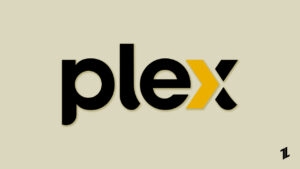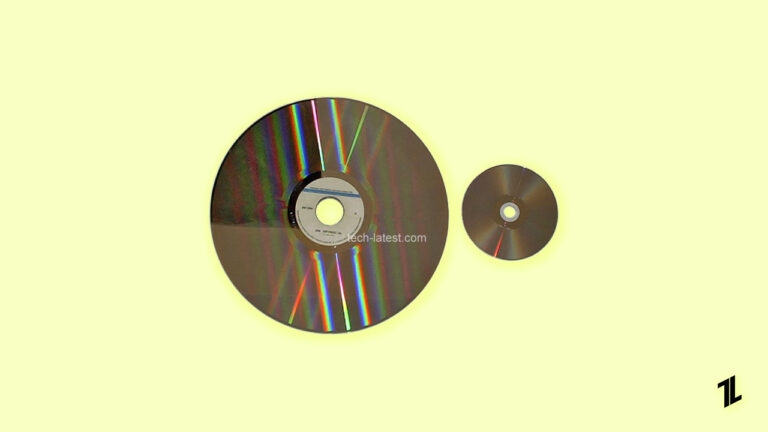
Are you a cinephile who loves to collect your favorite films on physical media? If so, you may be familiar with LaserDiscs and DVDs, two popular formats for storing and playing back audio and video content.
Previously, when people used VHS and VCR, LaserDiscs came and changed their minds. The Laserdisc was the king of the home video format in the 1980s and early 1990s.
But DVD’s introduction and immediate popularity in the late 1990s confused people about their use. Many people don’t know much about the differences between LaserDiscs and DVDs. As a result, they face many obstacles when it comes to buying.
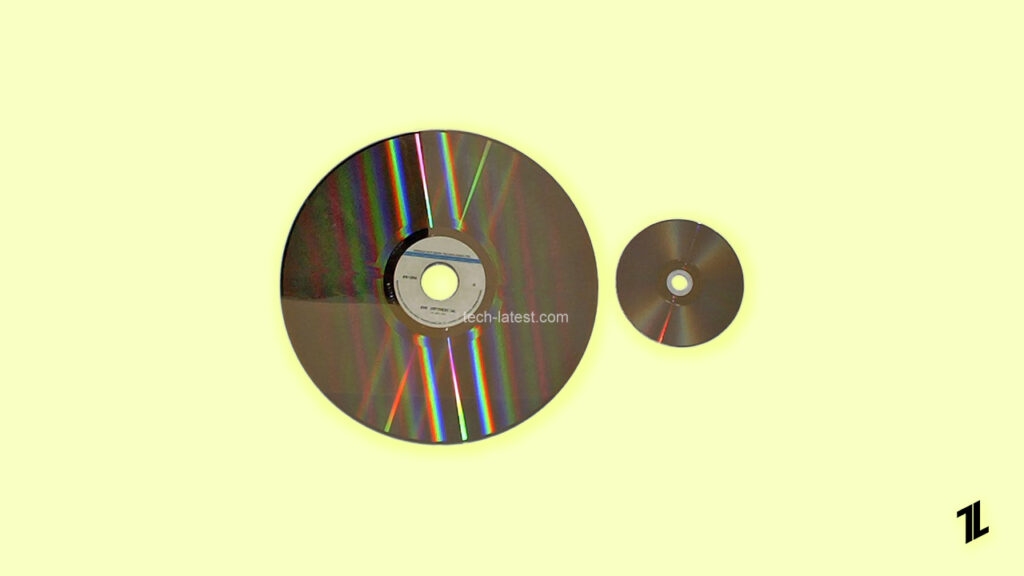
For this reason, I’ve created this article to help you understand the crucial differences between LaserDiscs and DVDs, including their size, capacity, quality, compatibility, and cost.
By the end of this article, you will better understand how LaserDiscs and DVDs differ and which is the right for your needs.
So, let’s dive in!
LaserDisc vs. DVD: Overview
Before we dive into the details, let’s take a quick look at LaserDisc and DVD.
LaserDisc
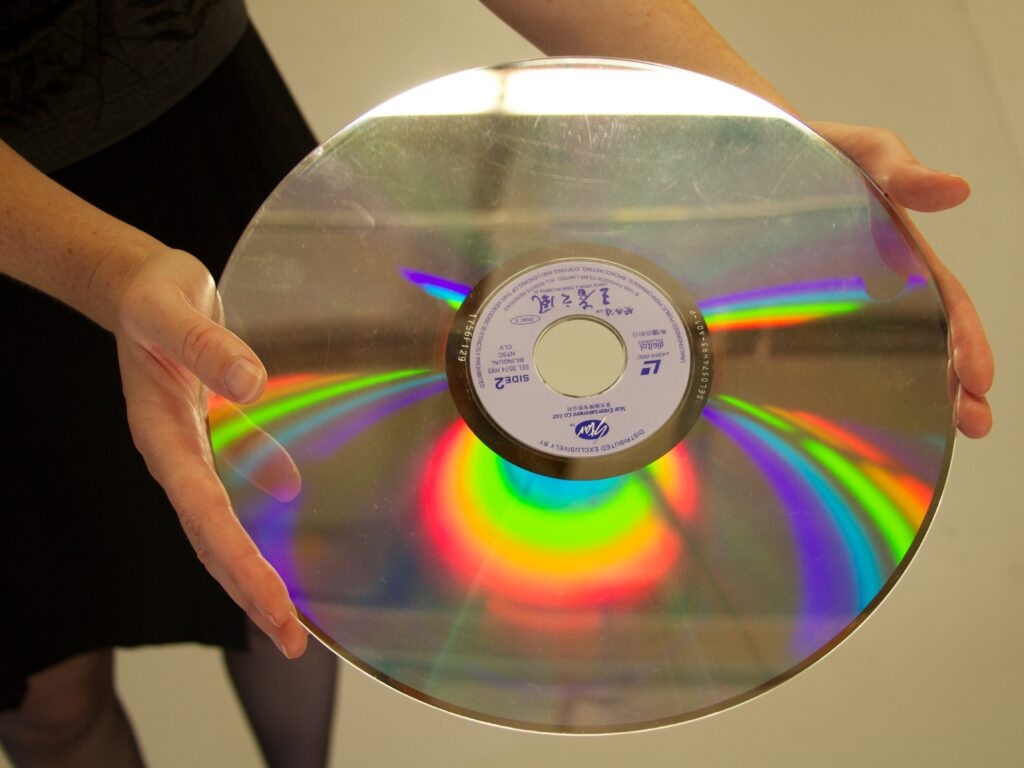
LaserDisc ( is a home video format developed to store necessary audio and video information. It was introduced in 1978 and was the first commercial optical disc format. It offers high-definition, widescreen images with stereo sound.
Back then, people used videotapes, but they weren’t very clear. This led to the creation of laser discs. Laser discs made it much easier to access and more successful.
Its image was much clearer and sharper than the videotape. It also has good sound quality, which makes people more interested in using it.
DVD
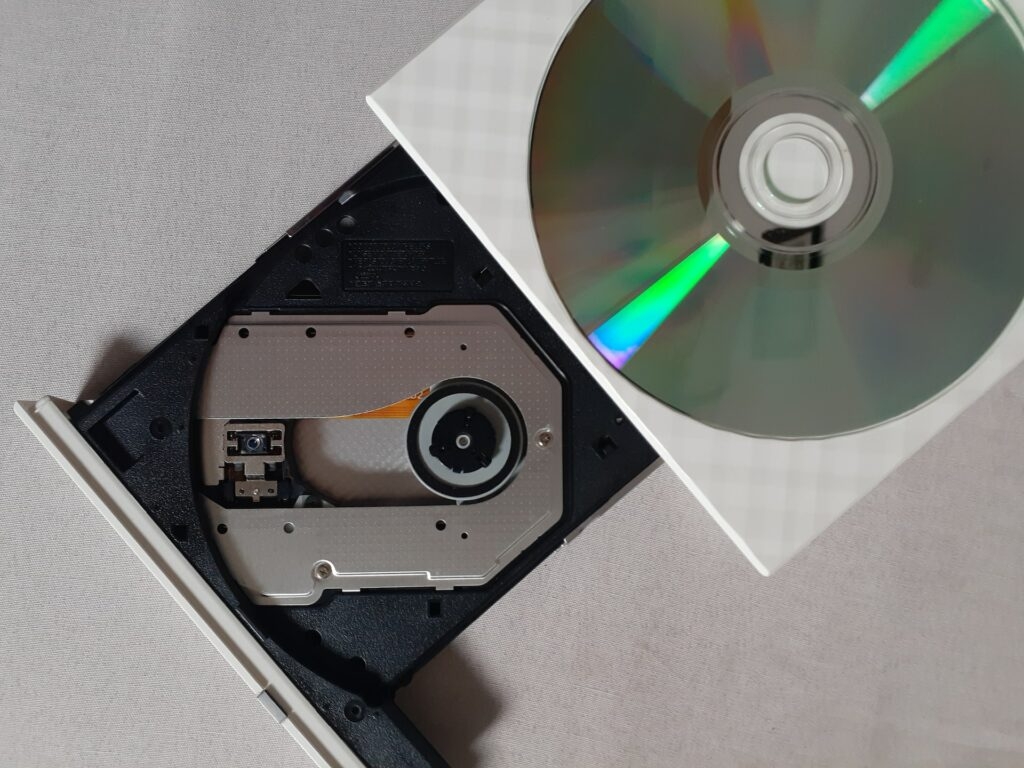
DVD (Digital Versatile Disc or Digital Versatile Disc) is an optical disc storage media format released in 1995. It is smaller than other optical disc formats, such as CDs and LaserDiscs, and can hold more data per disc.
It uses only one side for playback. It also has better-quality sound and video than LaserDiscs. DVDs are played using a DVD player, a computer, or a game console. The format can produce video and audio with a resolution of up to 480 lines and a frequency response of up to 20 kHz.
In addition to movies and television shows, DVDs are used for various other applications, including data storage, multimedia presentations, and software distribution.
It has become one of the most popular formats for home entertainment and media collections.
LaserDisc vs. DVD: Key Differences
Now let’s look at the differences between LaserDisc and DVD.
Size
The most noticeable difference between LaserDisc and DVD is the size. LaserDisc is much larger than DVD. It measures 12 inches in diameter, so it’s not easy to carry. Because of its large diameter, it can get scratched very quickly.
On the other hand, a DVD is much smaller than a LaserDisc. It measures 5 inches in diameter, which makes it more portable and less prone to damage.
Storage Capacity
Another key difference between Laserdiscs and DVDs is their storage capacity. The capacity of LaserDiscs is much lower than DVDs.
A single-sided LaserDisc can hold up to an hour of video. You can’t only store audio and video but also text, images, and graphics on LaserDisc. However, you are limited to storing a certain number of still images.
On the other hand, a DVD can store over 2 hours of video on a single side. The DVD audio format lets you store more than 20 hours of audio. You can also store images, graphics, text, and other data on a DVD.
In short, the capacity of the DVD is much higher than that of the LaserDisc.
Playback
In terms of playback, LaserDiscs and DVDs have some key differences. LaserDiscs are played using a LaserDisc player, which uses a laser beam to read the data from the disc and project it onto a television screen.
Since there are limited options, the laserdisc’s playback system is simple. Its playback codecs are much fewer, and it only supports popular playback systems.
Therefore, it cannot run all types of files, and its fast-forwarding system is prolonged. It takes a long time to see the motion picture from beginning to end.
Some files are quite heavy and much clearer, so laser discs cannot play them. But DVDs can play them very quickly.
DVDs can be played using a DVD player, a computer, or a game console. The playback options are much more diverse with DVD. It supports all kinds of audio and video formats, as well as text, images, graphics, and other data. It also has a fast-forwarding system.
Most DVD players can fast-forward up to 16 times faster. That means you won’t have to wait long to go from the beginning to the end.
Remember, if you use a LaserDisc player, you can’t play a DVD. The same goes for LaserDiscs, which can’t be played on DVD players.
Picture Quality
LaserDiscs have a far sharper picture and sound quality than videotapes, and they are comparable to DVDs in terms of picture quality.
However, DVDs have a higher resolution and more detailed pictures than LaserDiscs. DVDs have 480 lines of resolution for NTSC and 576 lines for PAL, while LaserDiscs feature a horizontal resolution of 425 TVL lines for NTSC and 440 TVL lines for PAL discs.
The video signal-to-noise ratio and bandwidth of LaserDiscs are considerably lower than those of DVDs. As a result, DVDs have a sharper and clearer picture quality than LaserDiscs.
Price
The cost of LaserDiscs is higher than that of DVDs. A LaserDisc costs around $50, while a DVD can cost as little as $5.
The average Laserdisc release costs $35 to $40 for the movie itself without any bonus features, while supplement-packed Special Editions (like the Criterion release) often cost over $100.
In contrast, DVD movies typically cost between $5.00 and $20.00. However, in some cases, the price may exceed $50 if the DVD contains a complete series of a particular movie or TV series.
Final Words
LaserDiscs and DVDs are two distinct formats for home entertainment and media collections. LaserDiscs and DVDs have some significant differences that are worth noting.
DVD has much higher storage capacity, better picture quality, and a lower cost than LaserDiscs. The larger size of LaserDiscs also makes them more susceptible to damage.
In short, a DVD is a much smarter choice than a laserdisc due to its portability, capacity, and efficiency.
Directly in Your Inbox

![[5 Fixes] How to Format SD Card for 3DS Easily Nintendo 3DS Family](https://media.tech-latest.com/wp-content/uploads/2023/11/14211239/Nintendo-3DS-Family-1-300x150.jpg)
![[Top 10] Best Smart Home Manager Apps Smart Home](https://media.tech-latest.com/wp-content/uploads/2023/01/03125550/Smart-Home-Featured-300x169.jpg)
